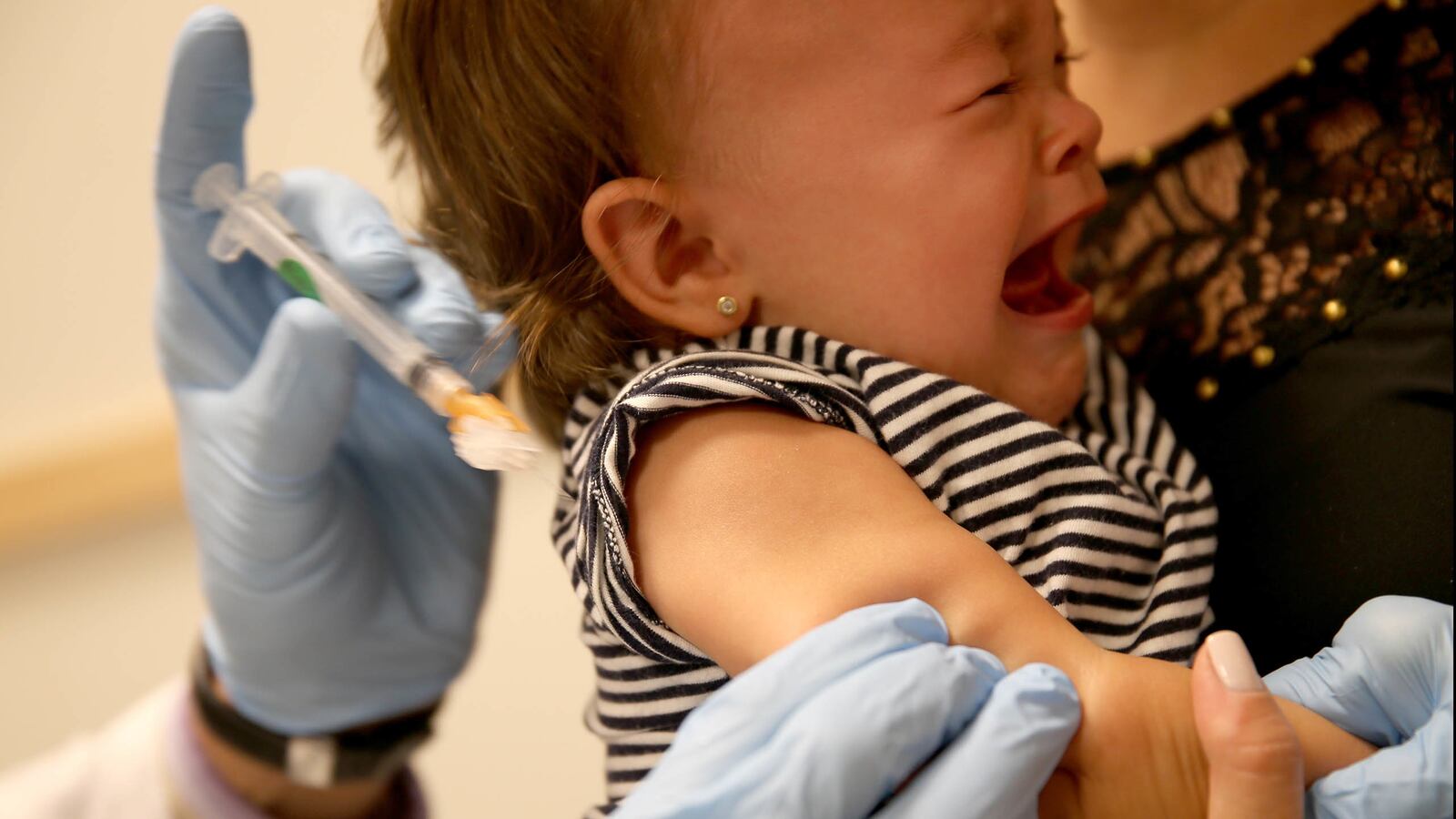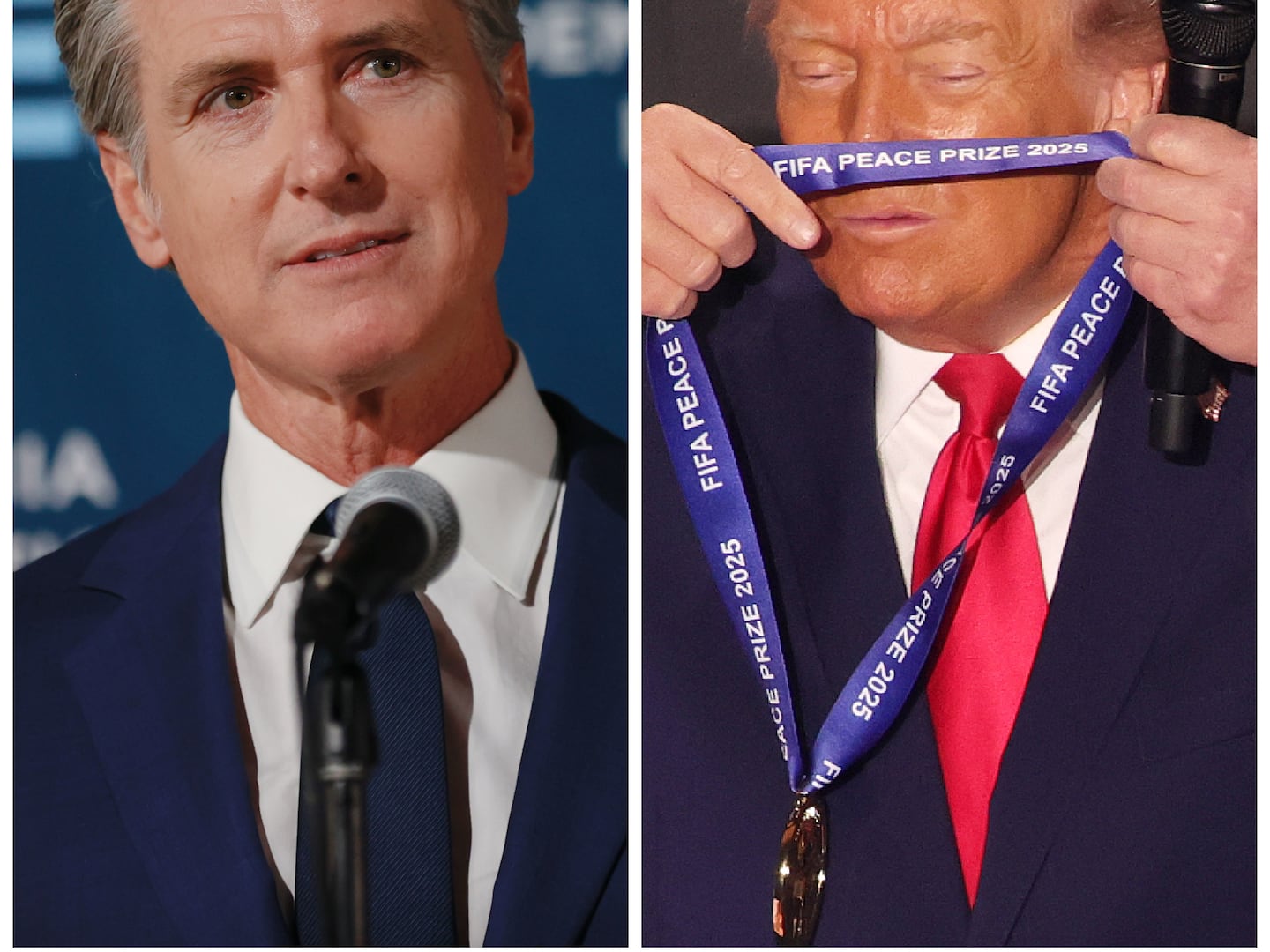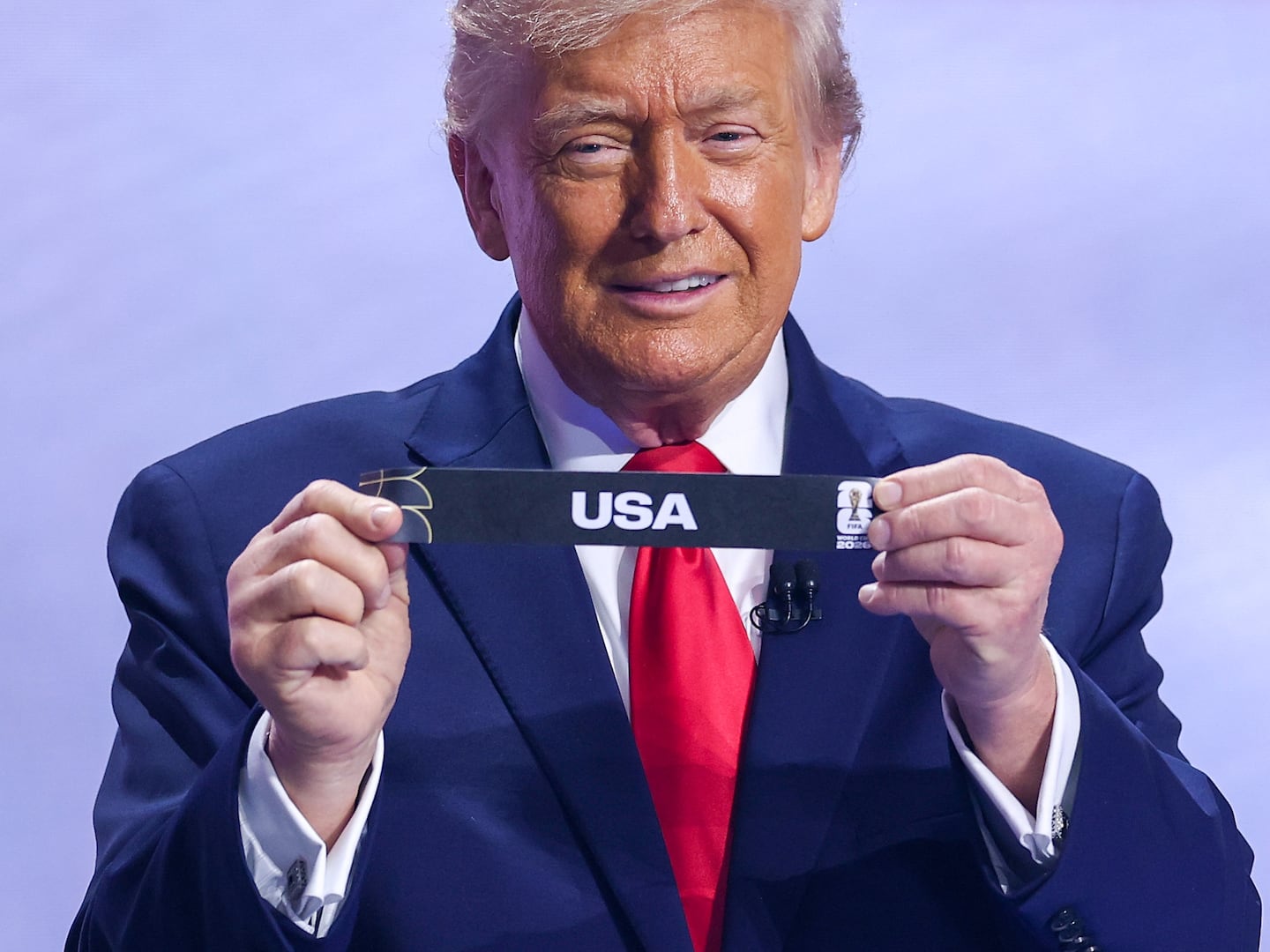Measles remains a substantial health problem, killing almost 150,000 people per year, the vast majority unvaccinated children in impoverished areas of the world. Therefore, this week’s news that an easier-to-give vaccine might help bring protection to even more of this susceptible population has been greeted with excitement by public health experts.
There are several problems with the world closing the vaccination gap; some relate to our ability to get a vaccine from a manufacturer in a big city, often in the West, to a child’s arm in a far-away hill town somewhere. The new technology addresses this in an exciting new way: don’t shoot it—snort it.
The current FDA-approved measles vaccine consists of live but weakened measles virus that is injected into the arm. The fact that the virus is still alive has sustained many safety concerns, both rational and irrational, about its use. To get the product from manufacturer to arm, the product is lyophilized (a fancy word for freeze dried). This process involves first freezing the live virus and the liquid it has been grown then placing the new vaccine-ice-cube into low pressure conditions so the liquid component sublimates—that old, odd scientific term for going from a solid to a gaseous state, similar to evaporation wherein a liquid enters a gaseous state. What’s left behind after freeze-drying is a powder.
This powder can be shipped anywhere and then reconstituted—just add water, as if it were instant coffee. The problem comes at this point because the liquid loses its potency within an hour even in ideal conditions. It’s a race against time to vaccinate kids before the vaccine loses kick. Plus there are the needs for sterile water, needles and syringes, alcohol swabs, Band-aids, and people who know how to give a vaccine.
The new approach removes most of these problems. Studies done first in macaque monkeys have shown that just inhaling the lyophilized measles vaccine in powder form (if you can get a monkey to inhale it) provides very good protection against measles infection. And the new study shows that people—albeit healthy volunteers with a history of old-fashioned measles shots and pre-existing immunity to measles—who inhale the powder have almost no side effects. Thus the cold chain—the need maintain a medical product at certain temperatures for a protracted period—is no longer required, nor is the need for needles and needle disposals and all the rest.
Plus, inhaled vaccines have real precedent. Indeed the earliest vaccinations against small pox were done 1,000 years ago in China. There, a trained person took dried residue from a patient’s small pox lesion and, using a long tube, blew the powdery product into the nose of a person without a history of small pox. Called by the hoity toity term of nasal insufflation, this method was used by some in Asia till a few hundred years ago.
And right now in the US, there is an FDA-approved inhaled vaccine to prevent influenza called FluMist. It has shown some advantages and disadvantages over the shot in the arm but appears to provide good protection for most people, and is a million times easier to give to a squirming child.
So this will be a home run, right? Of course not—the delivery of vaccine from manufacturer to arm is only part of the problem for any vaccination program. As polio has shown us, having all the vaccine and money and WHO-focus in the world, as well as an injection-free (oral for polio, not nasal) form of the vaccine, is not enough to rub out a disease. There are two very strong countervailing forces: anti-vaccine people who refuse to accept the necessity of vaccine, mostly occupying small areas of Western Europe and the coasts of the US, and anti-American people who think that vaccine is a devious American way to harm children by transmitting a fatal infection or sterilizing them. As one lawyer in Pakistan put it, “Vaccines are meant to destroy our nation…The [polio] drops make men less manly, and make women more excited and less bashful.”
The latter group has credibility, unfortunately, since indeed it was a vaccine ruse (for hepatitis B, not measles or polio) that allowed the US to zero in on Osama Bin Laden. The result has been ongoing violence again vaccinators, particularly in Pakistan. Sixty vaccinators have been killed in the area in the last few years.
So the new inhaled powder measles vaccine may in a few years turn out to be an easier way to protect kids from measles. But the problems with measles will remain. Because as we have seen so many times, most recently with Ebola, scientific solutions for infectious diseases, as difficult as they are to come by, turn out to be the easy part of disease control. The real problem—a problem that thus far has proven intractable—is overcoming the doubt and fear. These elements, and not virulence, transmissibility, or treatment options, have conspired to assure that viral infections remain a 21st century scourge.






